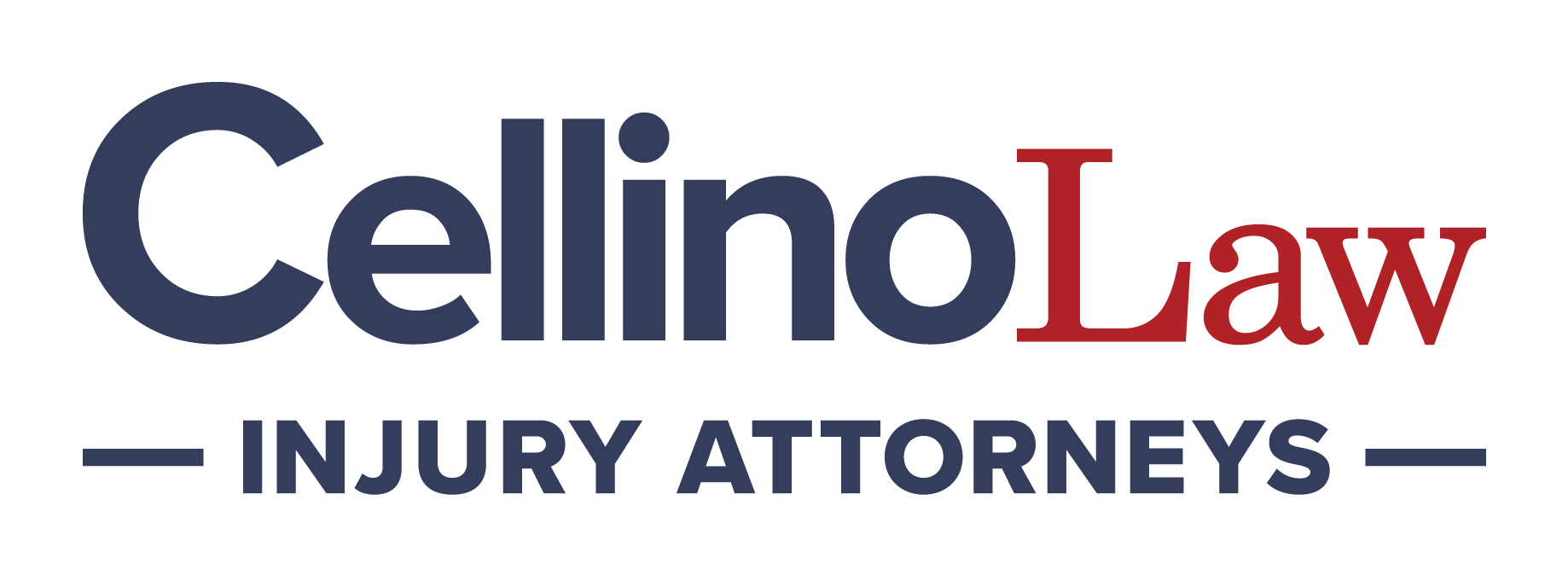 April 21, 2024
|
Reading Time: 6 min
April 21, 2024
|
Reading Time: 6 min
In the era of rapid technological advancement, the legal landscape must continually evolve in order to adapt to the changes brought about by innovation. Personal injury law, which deals with cases where individuals have been harmed due to the negligence or intentional actions of others, is no exception.

The intersection of new technologies and personal injury law presents both opportunities and challenges, reshaping how cases are litigated, evidence is gathered, and compensation is determined. In this article, we’ll explore the multifaceted impact of new technologies on personal injury law.
Emerging Technologies That Are Reshaping Personal Injury Litigation
The landscape of personal injury litigation is being revolutionized by emerging technologies like artificial intelligence, augmented reality, and wearable devices. These innovations are changing how cases are investigated, litigated, and resolved by offering new ways to gather evidence and assess liability. However, they also introduce complex ethical and legal considerations that must be carefully navigated by legal professionals.
Digital Evidence Collection
The advancement of smartphones and wearable devices has increased the use of digital evidence in personal injury cases. Video recordings, photographs, GPS data, and social media posts can serve as invaluable documentation, capturing the events leading up to an accident and its aftermath.
From GPS tracking that can corroborate a claimant’s location at the time of an accident to health apps that can illustrate the impact an injury has had on an individual’s mobility, digital devices are fueling a much more data-driven approach to personal injury claims. However, the admissibility and authenticity of such evidence can be contested, requiring careful scrutiny by legal experts to ensure its validity in court.
Wearable Devices and Personal Injury Claims
Wearable technology, which includes devices like fitness trackers and smartwatches, are playing an increasingly significant role in litigation. They provide objective data regarding a person’s physical activity, which can be utilized to demonstrate the truth veracity of a plaintiff’s injury claims or, conversely, to challenge them. For instance, the data collected can be used to show a person’s physical limitations after an injury or provide insights into pre-existing health conditions.
Telematics in Vehicle Incidents
In motor vehicle accidents, telematics has become an important invaluable technology. Vehicles come equipped with devices to capture data on speed, location, and other variables during an accident. This data can be incredibly useful in understanding the events leading up to a crash and determining liability.
Advanced Accident Reconstruction
Accident reconstruction plays a pivotal role in most personal injury cases. Advancements in 3D imaging and computer modeling software now allow for accident reconstructionists to create highly accurate and detailed reconstructions of accidents.
These reconstructions can provide juries and insurers with a clearer picture of the circumstances surrounding an incident, potentially leading to faster, favorable outcomes for those affected by personal injuries. Drone technology, often used to survey scenes, can also capture high-definition images and videos essential for detailed accident reconstruction.
Electronic Health Records (EHRs)
The digitization of medical records has profound implications for the swiftness and efficiency of sharing information in legal proceedings. EHRs can streamline the process of acquiring medical evidence, which can sometimes be pivotal pieces of evidence in personal injury cases. Digital records are also harder to tamper with and can include timestamps and electronic signatures that provide an audit trail, thereby strengthening the credibility of the being presented medical evidence.
However, it’s also important to remember that while these records can help to strengthen the validity of your claim, they can also be used against you. For example, if you complain of back pain after a car accident, the other party’s insurer may look for a pre-existing condition to argue that your injury was not directly caused by your accident.
How These Technologies Affect Personal Injury Law Practice
While these advancements in technologies can benefit those looking to pursue a personal injury claim, these technological advances also come with their own set of concerns.
Legal Discovery Challenges
While technology provides new sources of evidence, it also presents challenges in legal discovery. Managing and sifting through vast amounts of digital information requires heightened technical expertise and understanding. Lawyers must know what types of digital evidence may be accessible and admissible, and how to request this material effectively.
Data Privacy and Security Concerns
The surge in digital evidence also raises significant privacy concerns. Various US privacy and data handling laws have strict requirements that dictate how and what data can be admissible as evidence. Moreover, law firms themselves must employ sophisticated cybersecurity measures to protect sensitive client data from breaches.
Professional Development
New technologies necessitate ongoing education and skill development for personal injury attorneys. Staying informed about technological advancements enables lawyers to use these tools effectively and ethically in their practice to serve clients better.
Ethical Considerations
The integration of technology into personal injury law opens a mass of ethical considerations. Attorneys must ensure they use technology in ways that respect the confidentiality and privacy of all parties involved and comply with ethical standards to maintain the integrity of the legal process.
Looking to the Future
As technology continues to advance, it will certainly create greater shifts in personal injury law. The adoption of virtual and augmented reality (VR and AR) tools could soon provide jurors with immersive re-enactments of accidents or injuries, while artificial intelligence (AI) systems may refine the prediction of case outcomes or aid in legal research. These and other emerging technologies signal an exciting, but challenging, era for the personal injury legal landscape.
Given the complex interaction between cutting-edge technology and legal practice, victims of personal injury incidents need legal representation that is not just experienced but also technologically proficient. It’s critical to choose a law firm that is at the forefront of leveraging new tools and methodologies to advocate effectively on your behalf.
Cellino Law: Your Partner In Personal Injury Litigation
If you’ve been injured and are navigating the complexities of a personal injury claim compounded by the implications of new technologies, you need attorneys who are ahead of the curve. At Cellino Law, our team is committed to staying up to date on latest technological innovations in personal injury law, ensuring that your case benefits from every available advantage. For legal support that is as technologically sophisticated as it is legally robust, contact Cellino Law at 888-888-8888. Our team of savvy legal professionals are ready to provide you with the support you deserve. For a free case consultation, call us, or contact us via email.

Content checked by the personal injury attorney Ross Cellino. As a family man and a trial attorney, I pride myself on winning cases and serving the community. With over 35 years of experience, I understand the function of a jury, how juries arrive at conclusions, and the role that the jury plays in administering justice. I know how to win cases. You can find us in Manhattan, Buffalo, Melville, Rochester, Brooklyn, The Bronx, Queens and other locations throughout New York.

